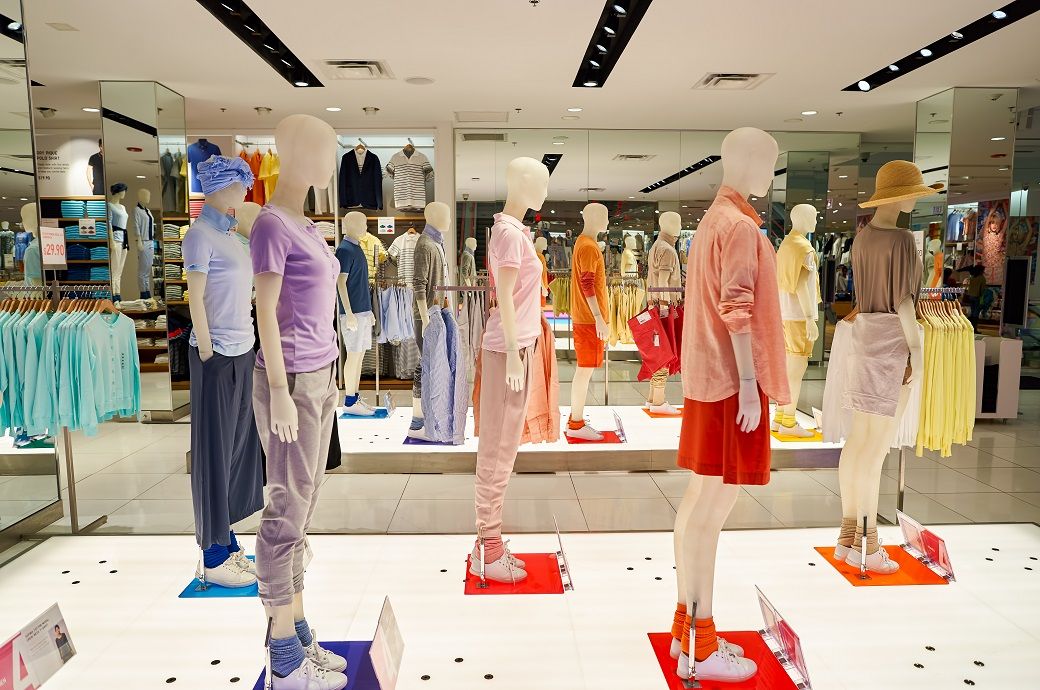
Average import prices for garments, measured in price per square metre equivalent (SME), have also stabilised since late 2023, maintaining a level approximately +7 per cent above the 2019 average. However, import volumes have shown volatility.
From October through January, import growth averaged nearly +20 per cent year-over-year, likely driven by inventory rebalancing and positioning ahead of anticipated tariffs. In February, import growth slowed to +1.2 per cent year-over-year—largely due to a statistical anomaly from a high February 2023 base. Nonetheless, actual February 2024 import volumes were still +21 per cent higher year-over-year, Cotton Incorporated said in its Executive Cotton Update - U.S. Macroeconomic Indicators & the Cotton Supply Chain - April 2025.
Consumer confidence, meanwhile, continues to deteriorate. The Conference Board’s Consumer Confidence Index fell -7.2 points in March to 92.9—its lowest level in over three years and the fourth consecutive monthly decline. The drop was the steepest since late 2021 and followed a similar -7.0-point decline in February, placing the index below the 95–115 range that had prevailed since early 2021.
Consumer spending was flat in February, up just +0.1 per cent month-over-month, after a -0.6 per cent decline in January. Year-over-year, overall spending rose +2.7 per cent. Spending on garments edged down -0.3 per cent month-over-month but increased +2.3 per cent compared to February 2023.
On April 2, the U.S. administration issued an Executive Order outlining two rounds of tariff increases, triggering sharp declines in global financial markets and raising recession fears. The first round, implemented on April 5, introduced a flat ten percentage point increase across various categories. The second, set for April 9, involves ‘reciprocal’ tariffs calculated using a controversial formula based on bilateral trade imbalances.
Despite market uncertainty, the US labour market showed strength in March, with the economy adding +228,000 jobs—nearly 50 per cent higher than the average over the past year. However, January and February job numbers were revised downward. The unemployment rate inched up from 4.1 per cent to 4.2 per cent, the highest since late 2021, though still low by historical standards. Average hourly earnings increased +3.9 per cent year-over-year in March, the slowest pace of wage growth since July 2024.
ALCHEMPro News Desk (KD)
Receive daily prices and market insights straight to your inbox. Subscribe to AlchemPro Weekly!